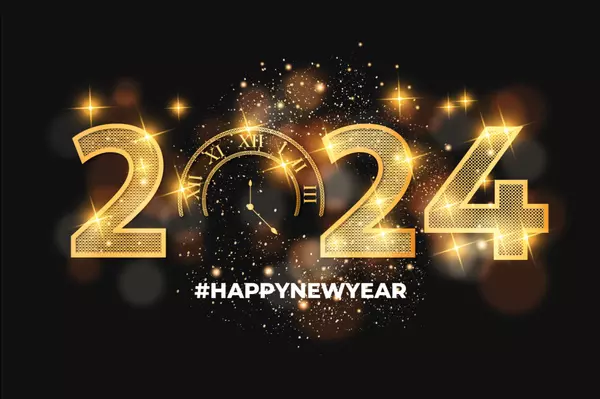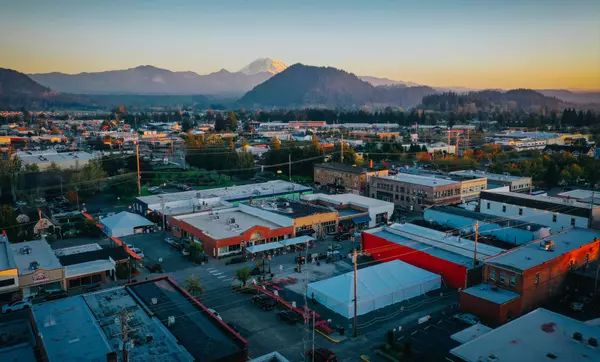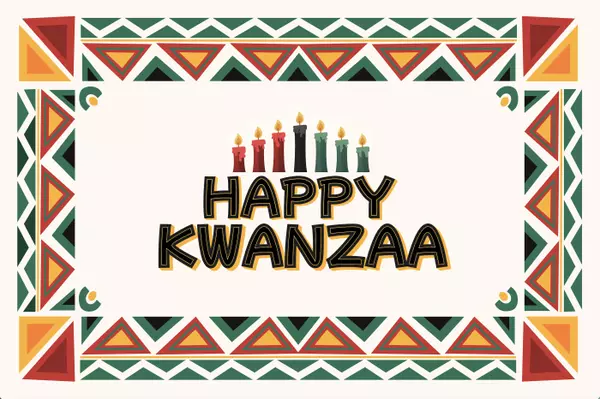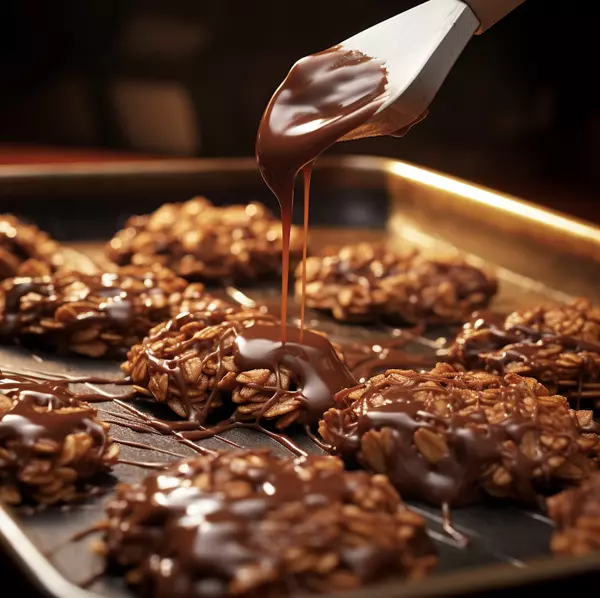Diwali Festival of Lights on November 12

Diwali, also known as Deepavali, is one of the most significant festivals celebrated in India and by Hindu communities around the world. The word "Diwali" comes from the Sanskrit word "Deepavali," which means "row of lights." The festival usually falls between October and November and lasts for five days.
The significance of Diwali varies across different regions and religions, but it is generally celebrated to mark the victory of light over darkness and good over evil. The festival has several historical and mythological origins. One of the most widely known stories associated with Diwali is the return of Lord Rama, his wife Sita, and his brother Lakshmana to their kingdom of Ayodhya after 14 years of exile and defeating the demon king Ravana. The people of Ayodhya celebrated their return by lighting oil lamps, which symbolized the victory of light over darkness.
In addition to the historical and mythological significance, Diwali holds various cultural and religious meanings. It is a time for families to come together, exchange gifts, and share joy. People decorate their homes with colorful rangoli (artwork made with colored powders), light clay lamps called diyas, and burst firecrackers. The lighting of lamps signifies the removal of darkness from our lives and the invitation of positive energy.
Diwali is also associated with the worship of different deities. Goddess Lakshmi, the Hindu goddess of wealth and prosperity, is widely worshipped during this festival. It is believed that by offering prayers to her, one can invite wealth and good fortune into their lives.
Diwali is a vibrant and joyful festival that signifies the triumph of light over darkness, good over evil, and knowledge over ignorance. It brings people together, spreads happiness, and encourages them to embrace positivity and goodness in their lives.


Common Diwali Traditions
1. Lighting of Diyas
One of the most important traditions of Diwali is the lighting of diyas or oil lamps. These small clay lamps are filled with oil and a cotton wick, and they are lit to symbolize the victory of light over darkness and to guide the way for good fortune.
2. Rangoli
Rangoli is the art of creating colorful designs using colored powders, rice, or flower petals. It is a way to decorate the entrances of homes and welcome guests. Rangoli designs are often intricate and beautiful, and they are believed to bring good luck and prosperity.
3. Cleaning and Decoration
Before Diwali, people thoroughly clean their homes and decorate them with colorful lights, flowers, and ornaments. This is done to welcome Goddess Lakshmi and to create a festive and auspicious atmosphere.
4. Exchanging Gifts
Diwali is a time for exchanging gifts and sweets with family, friends, and neighbors. It's a way to strengthen relationships and share joy and blessings with loved ones.
5. Puja and Prayer
Diwali is a time for religious ceremonies and prayers. Families gather to perform puja (worship) to seek blessings from deities, especially Goddess Lakshmi. Prayers are offered for prosperity, health, and happiness.
6. Fireworks and Firecrackers
Bursting fireworks and firecrackers is a common tradition during Diwali. It is believed to drive away evil spirits and symbolize the celebration of light and joy. However, it's important to celebrate responsibly and consider the impact on the environment and the well-being of others.
7. Feasting and Sweets
Diwali is a time for indulging in delicious food and sweets. Families prepare special festive meals and share them with loved ones. Popular Diwali sweets include ladoos, barfis, and gulab jamuns.
These are just a few of the many traditions associated with Diwali. The celebrations may vary from region to region and from family to family, but the essence remains the same - spreading joy, love, and positivity.
Categories
Recent Posts










GET MORE INFORMATION


